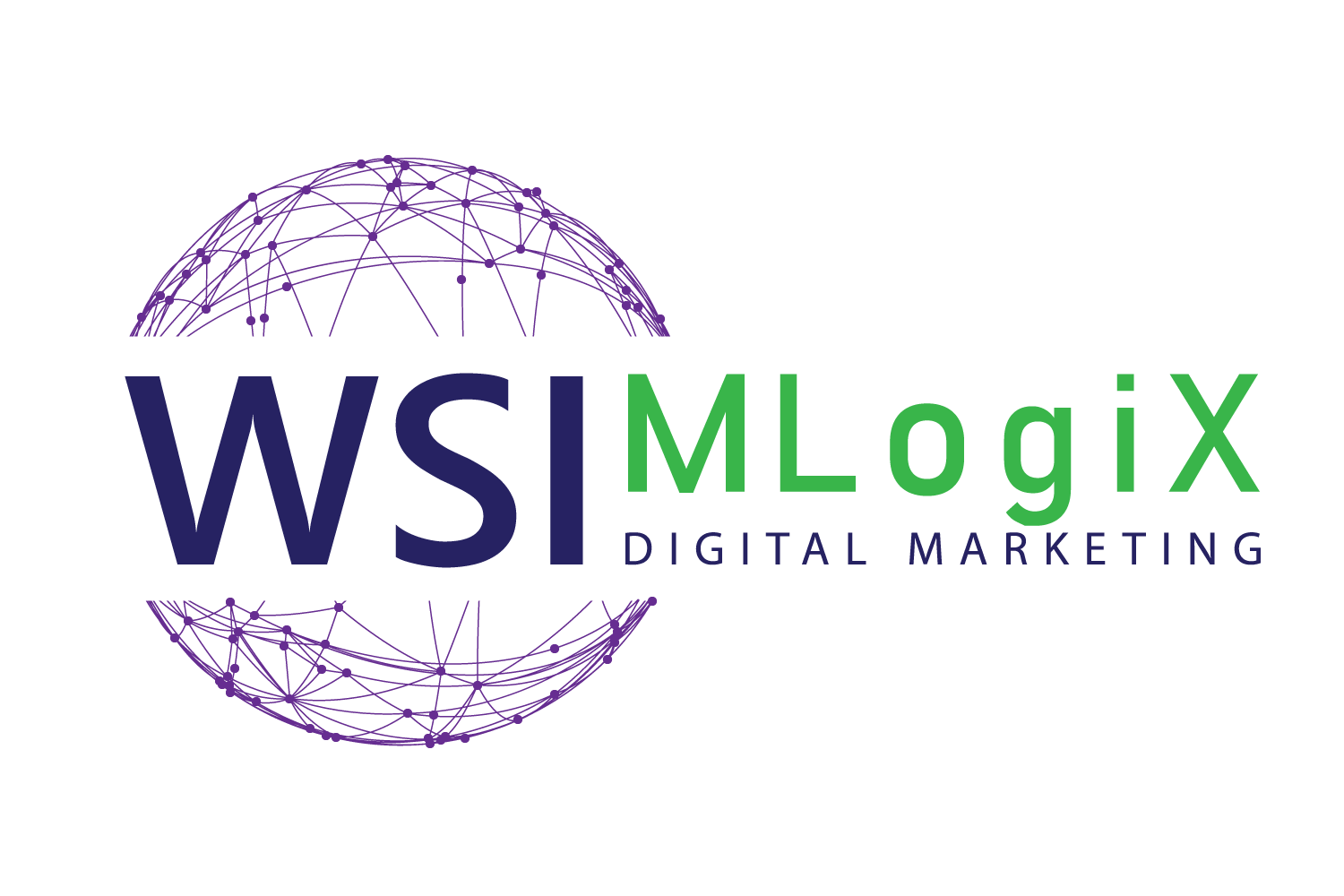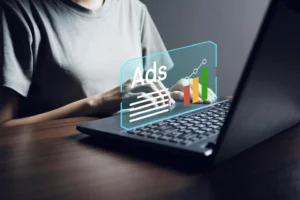San Francisco’s mix of tech, legal, finance, and premium home services creates intense auction pressure on search. Winning here is less about outspending and more about disciplined execution that squeezes value from every click. Even established teams benefit from a playbook that blends targeting rigor, creative that speaks to the city, and measurement that rewards real revenue. If you prefer help, a vetted Google Ads agency San Francisco Bay Area can accelerate the process, but the principles below work whether you run campaigns in-house or with a partner.
Calibrate location and audience with intent in mind
Start by tightening geography to neighborhoods that actually buy from you—SoMa, the Financial District, Inner Sunset, or a defined radius around your storefront. In Google Ads, switch Location options from “Presence or interest” to “Presence” to avoid paying for people outside the Bay Area who only show “interest” in San Francisco. Use ZIP codes, radius layering, and exclusions to keep spend focused, and apply ad schedules to match proven call or form windows. These changes sound small, yet they prevent leakage that compounds quickly in a high-cost market. Treat this as core PPC management.
Build for quality, not volume
Auction math rewards relevance. Monitor Quality Score’s three components—expected CTR, ad relevance, and landing page experience—and fix bottlenecks in that order. Map single-intent ad groups, mirror query language in headlines, and send clicks to pages that load fast and prove local credibility with address, reviews, and transit details. Keep a rolling negative keyword list so low-intent or out-of-area searches don’t drain budget. When bandwidth is tight, borrow the checklists used by Google Ads experts: review Quality Score components weekly and expand negatives after every search terms audit.
Bid for business value, not just conversions
SF clicks can be pricey, so let bidding reflect true lead or sale value. Feed Google the right signals by importing offline revenue or qualified lead stages, then move to Maximize Conversion Value with a target ROAS on campaigns where you can quantify margins. Enhanced Conversions for Leads simplifies secure matching from form fill to closed revenue, which stabilizes automated bidding and improves decisioning. This approach also suits firms buying PPC services for small business, where a few high-value wins per week beat a pile of cheap form fills.
Protect budget when auctions peak
Know who you’re fighting and when to bow out. The Auction Insights report shows impression share, overlap rate, and outranking share so you can spot heavy spenders and shift bids or dayparts around them. Pair that with match-type discipline and long-tail buildouts to target “near me” intent plus San Francisco neighborhood modifiers. Keep perspective on costs: across industries, average CPC sat around the mid-single digits recently, while legal and similar categories trend far higher, which is common in Bay Area searches. That’s a reminder to reserve top bids for proven, bottom-funnel paid search advertising.
Capture local intent across Google surfaces
If you’re in an eligible category—legal, home services, certain healthcare—add Local Services Ads to reach high-intent searchers and pay per lead rather than per click. For retail and multi-location brands, connect your Google Business Profile and enable location assets so searchers see address, distance, and a map right inside your ad. Call assets and structured snippets round out trust signals that matter when buyers are within a few miles. If you prefer guidance, a Google ads consultant can set up LSA eligibility, profile sync, and asset governance without slowing your broader campaigns.
Write creative that sounds like San Francisco
Responsive Search Ads should reflect local realities: mention BART-friendly hours, weekend availability, same-day service east of Twin Peaks, or enterprise procurement language for SoMa SaaS buyers. Test offers that speak to seasonality—tenant move-ins, back-to-school, conference weeks at Moscone. Keep assets varied to earn higher ad strength without over-pinning, and use promotion and callout assets to surface pricing or guarantees. Rotate at least two landing pages per theme and tag everything with UTM parameters so analytics can confirm what actually drives profitable Google Ads optimization.
A simple operating cadence that compounds
Hold a weekly rhythm: pull Auction Insights, scan search terms, ship one new ad and one new negative list, and review location reports for waste. Each month, refresh neighborhood keywords, prune slow geos, and re-score Quality Score components on your top spenders. Quarterly, reconcile CRM revenue with campaign data and reset value-based bidding targets. Small but steady changes beat sporadic overhauls, especially when the market shifts with new entrants or a competitor’s big raise.
San Francisco will probably remain one of the tougher places to buy traffic. That’s not a reason to retreat. It’s a reason to run tighter geography, clearer messages, and measurement that rewards real outcomes. Do that, and you’ll compete with bigger budgets while defending profitability—click by click.


